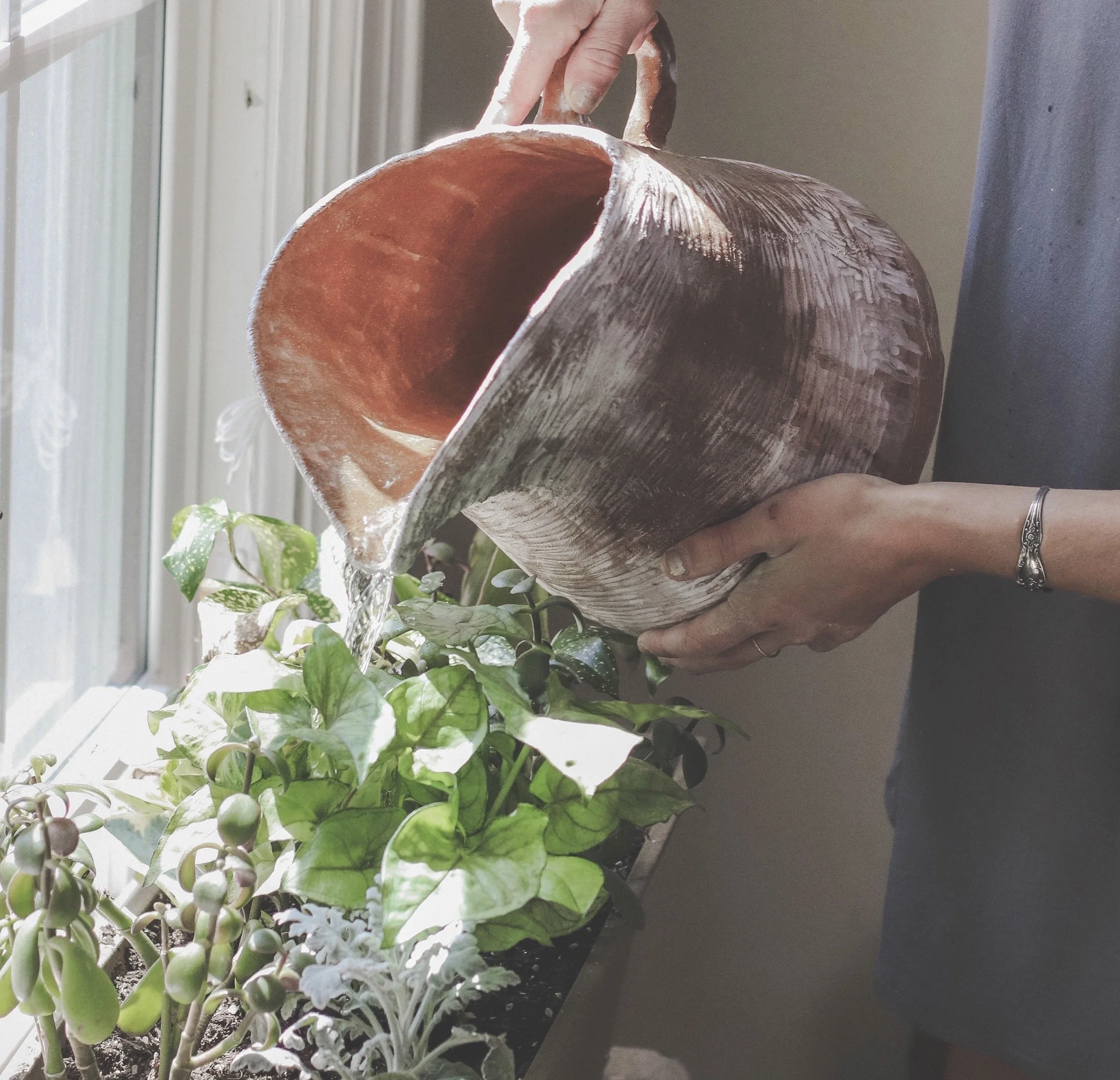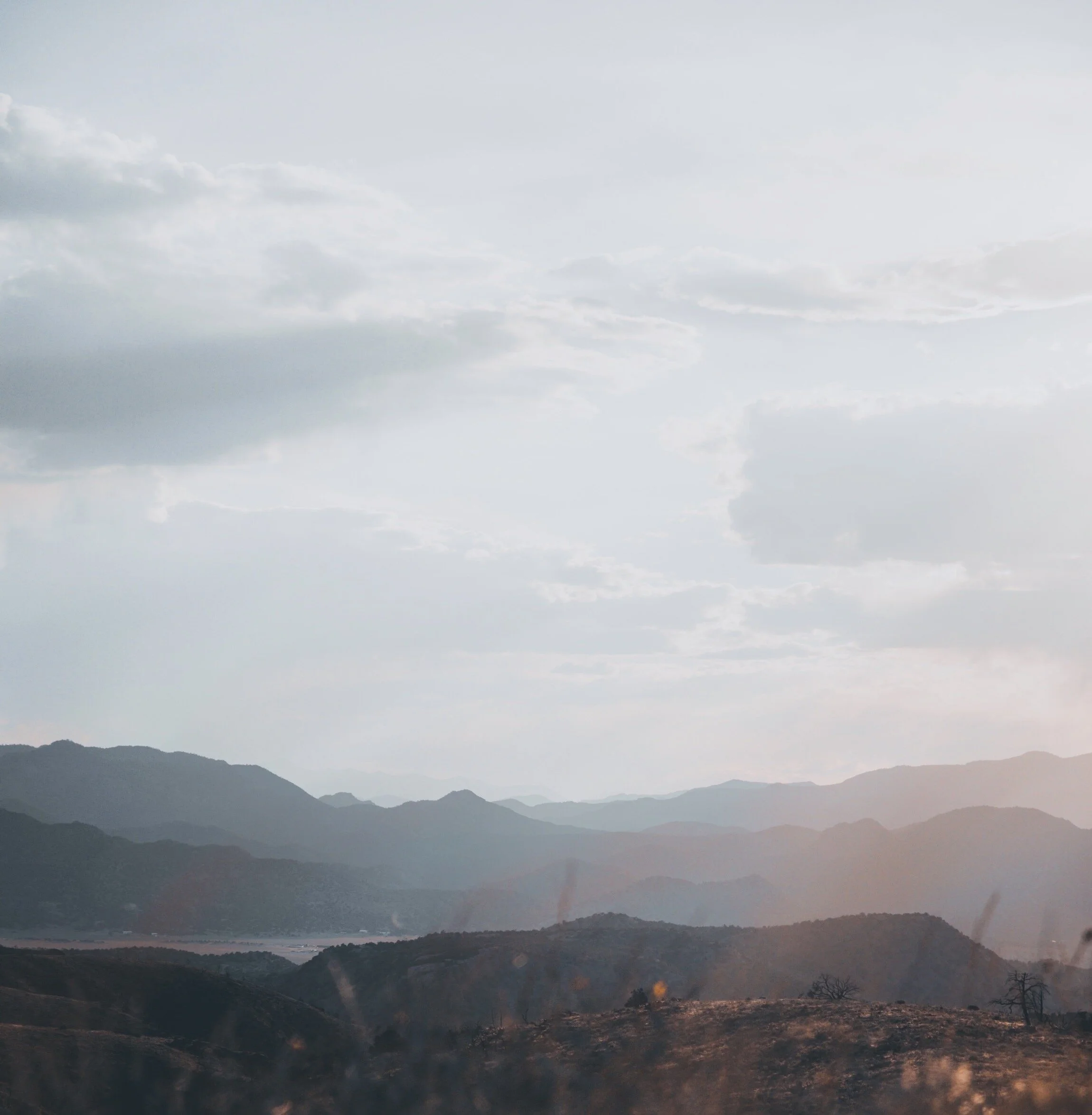Noticing Without Judgment
… the soul, despite its toughness, is also essentially shy—just like a wild animal… But if we will walk into the woods quietly and sit at the base of a tree, breathing with the earth and fading into our surroundings, the wild creature we seek may eventually show up.
– Parker J. Palmer, A Hidden Wholeness
The other day, I felt sad. I have become better at not ignoring feelings like that—which, like a burr in one’s shoe, will work their way into conscious awareness sooner or later anyway. Maybe I’ll be more prone to cry at a sappy movie. Maybe I’ll snap more easily at one of the kids. Maybe I’ll lose sleep or scrouge in the pantry. One way or the other, it’ll come out.
So I sat down and made a freeform list, brainstorming all the reasons that I could be feeling what I was feeling. I thought of that analogy of sitting with the jar of muddy river water: in order for the swirling sediment to clear, there is nothing to be done but wait and watch. Sitting alone and seeing what goes down and what comes up. I decided to write down whatever came up. Immediately, I found myself bracketing a few of the items and writing in the margin all of that is silly. Those aren’t good reasons! Maybe some of the others are deep enough. But these things aren’t worth the emotion. I’ve already worked through them, I already know the emotions aren’t helping or adding anything further; I can’t believe I even wrote them down.
Suddenly I realized that I was passing all kinds of judgments about my feelings, about their source, their degree, their legitimacy. And there was no surer way to shut them down. You can’t feel when you’re judging. And the point is sometimes to feel. Can feelings lead us astray? Absolutely. Can feelings be unreliable? For sure. But feelings can have important things to show us. They are more than just the caboose that follows the engine of our reason.
Feelings show me something true about my longings, my desires, my needs and my fears. Sitting with them is sitting in the reality of my experience: not what I should do, or think, but what I am. Who I am. What I’m terrified of. What I’m tired of. What I hope for when I let myself hope. These are things that no book can tell me, no analysis can show me. And they are just as true about me as anything else.
We are not often taught how to notice these things without judgment, how to observe them without evaluating, experience them without figuring them out. Sitting with our feelings and what they show us requires a kind of solitude and attention that we’re not used to in the frenetic pace of our over-stimulated and distracted lives. It requires an uncomfortable level of vulnerability. It feels out of control. It feels tender.
I am much more used to finding my feelings bubbling out by default in some argument, or coping with or quashing them through some addictive prop or distraction. But when I sit with my feelings, when I let my fears and sadness surface, when I let myself simply notice and experience them for what they are, I come always to some important truth. About myself, yes: but also about God. I find that underneath the terrible sadness is a comprehension of brokenness that he understands. I find that underneath the fear is a new understanding of what exactly he has promised, and how it feels under my feet as I go on in the face of terrifying uncertainty one step at a time.
This kind of felt understanding cannot be achieved through theological constructs, cerebral manipulations, or religious activity. It cannot be pounded out of me. It cannot be chased down through analysis, only allowed to emerge. And as it does, I find that God is able to do the kind of deep and true work in me that only he can do.
Ruth Haley Barton writes:
One of the most important lessons I have learned as a person in ministry is how important it is to have time and space for being with what’s real in my life—to celebrate the joys, grieve the losses, shed my tears, sit with the questions, feel my anger, attend to my loneliness. This kind of “being with what is” is not the same thing as problem-solving or fixing because not everything can be fixed or solved. Rather, it is to allow God to be with me in the midst of what’s real and to wait for him to do what is needed.
In the end, I judge because I have a timeline for my own growth. I see how something should be and feel that I therefore should be there. I have analytical clarity and therefore feel I should exist accordingly. But that is not always the way God works. In fact, that seems to be rarely the way God works. He works in the midst of what’s real: the reality of my feelings and what they show me. He works as I wait and asks me to trust in his slow work. There is a part of both Him and myself that I can only experience if I am willing to be with what is, not with what should be.






